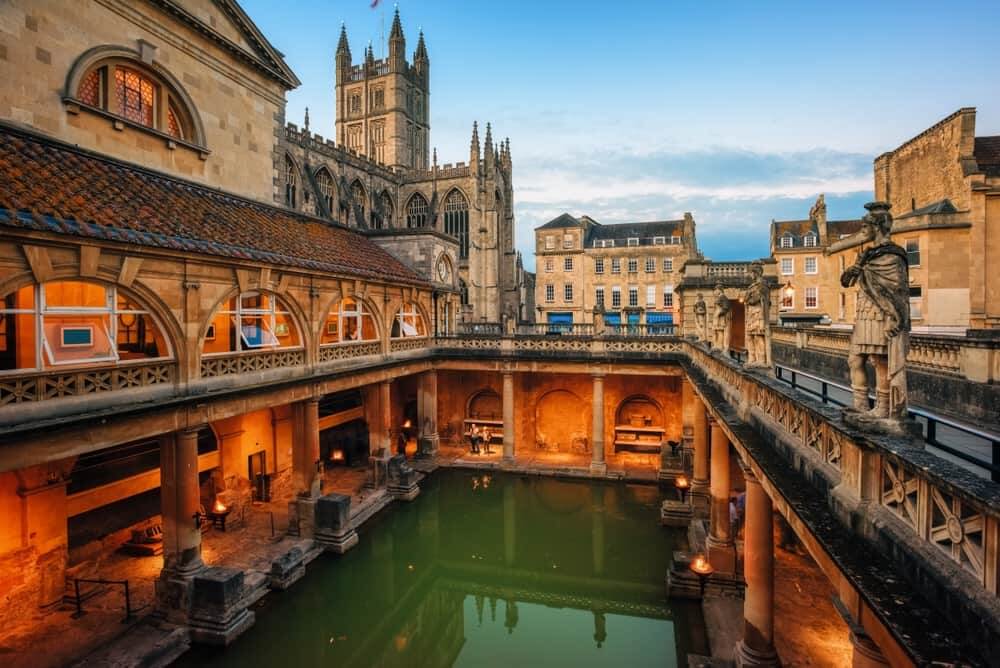

Beirut, the capital city of Lebanon, boasts a rich historical tapestry that is vividly displayed within its Central District, the cultural and economic heart of the city. Among its many archaeological treasures, the Roman Baths are a prominent highlight that reflects the grandeur of ancient Rome's influence. Discovered in the late 1960s during the extensive reconstruction projects of the downtown area, these baths serve as a window into the daily life of Roman Beirut, then known as Berytus.
The Roman Baths played a significant role in social and public life, offering a space for relaxation, hygiene, and socializing. The baths, with sections including the calidarium (hot bath), tepidarium (warm bath), and frigidarium (cold bath), showcased the advanced engineering and architectural prowess of the Romans with their sophisticated heating systems and elegant design.
Post the Lebanese Civil War (1975-1990), the Beirut Central District underwent a comprehensive reconstruction and development process, spearheaded by the company Solidere. This marked a new era for the district, transforming it into a hub of modernity and luxury while preserving and showcasing its historical landmarks.
This urban regeneration has made the Central District a focal point for tourism in Beirut, merging the old and the new in a dynamic cityscape. Visitors can now explore high-end boutiques, art galleries, restaurants, and a vibrant nightlife scene, all within the proximity of significant historical sites like the Roman Baths.
Before the civil war, Lebanon was known as the 'Switzerland of the East,' attracting tourists from around the globe with its beautiful landscapes, cultural diversity, and historical sites. After the war, there was a significant effort to revive the tourism industry, pivotal for Lebanon's economy.
The restoration of archaeological sites like the Roman Baths and the rehabilitation of the Beirut Central District have played a crucial role in re-establishing Lebanon as a tourism destination. The country's rich historical heritage, combined with its natural beauty and culinary offerings, make it a unique and attractive location for tourists.
Sustainable tourism has become increasingly important in recent years, with a growing emphasis on conserving cultural heritage sites like the Roman Baths. This includes promoting responsible travel practices that minimize impact on the environment and support local communities.
Likewise, there's been a rise in experiential travel. Tourists are seeking authentic experiences that offer a deep understanding of local culture and history. Interactive tours and cultural workshops allow visitors to immerse themselves in Lebanon's rich traditions and past.
Finally, with the advent of technology, tourism in Lebanon is also embracing digital innovation. Virtual tours, augmented reality experiences, and apps that provide in-depth knowledge about historical sites have become part of the modern tourist's toolkit. Such technologies make it easier for global audiences to explore Lebanon's wonders, like the Roman Baths from anywhere in the world.
In conclusion, the Roman Baths in the Beirut Central District are just one of the many historic gems that constitute Lebanon's diverse past. As tourism continues to evolve, blending tradition with modernity, visitors can expect to embark on journeys that are as enlightening as they are enjoyable.